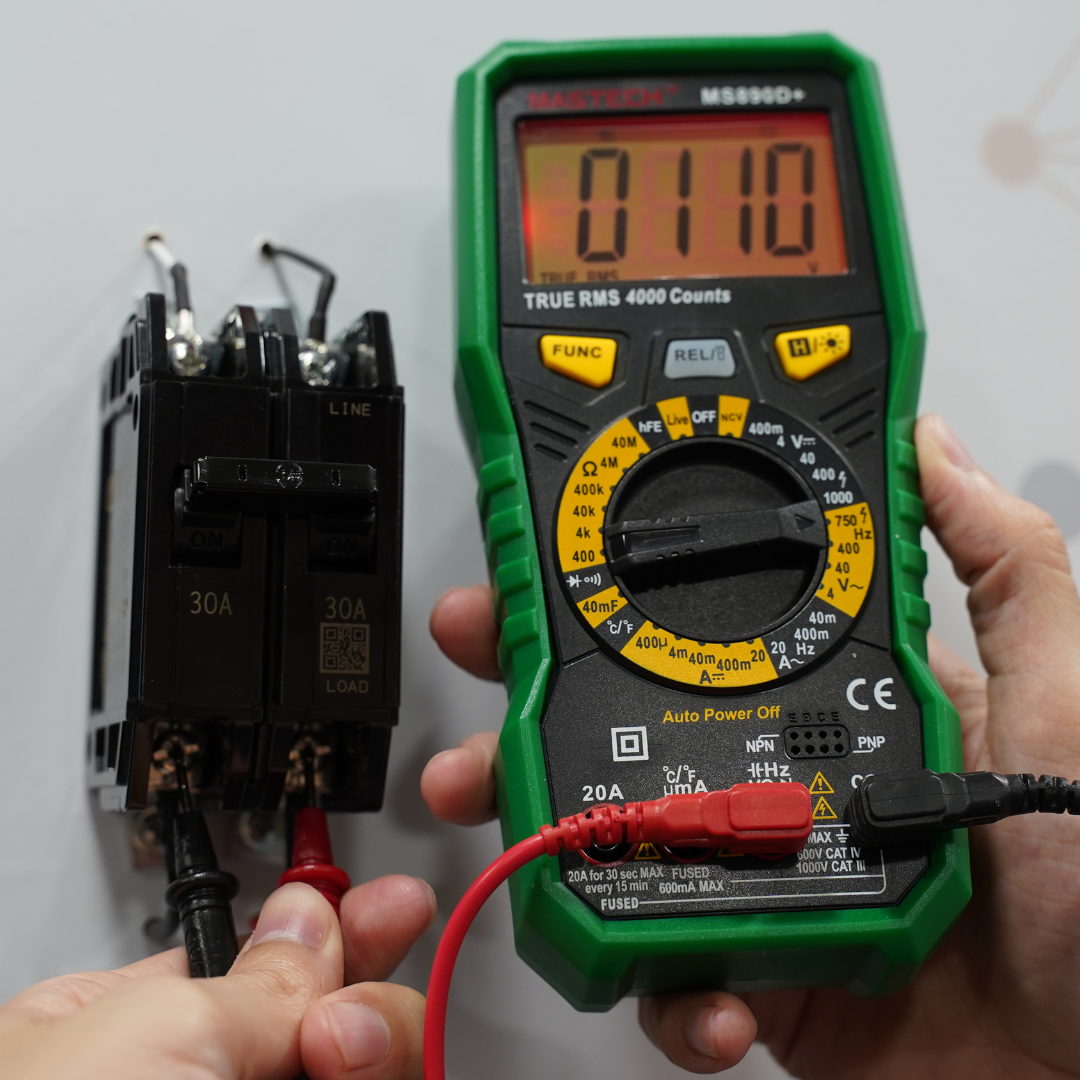Understanding CAT Ratings: What They Mean and Why They Matter | Multimeter Safety Guide
Understanding CAT Ratings: What They Mean and Why They Matter
Whether you're a professional electrician, HVAC tech, or a serious DIYer, you've likely seen the term CAT II, CAT III, or CAT IV printed somewhere on your multimeter or clamp meter. But what does this really mean?
What Is a CAT Rating?
CAT stands for Category, and it's part of the IEC (International Electrotechnical Commission) safety standard that classifies the measurement environments where your meter can safely be used.
CAT ratings tell you how much transient overvoltage your device can withstand. These transients — sometimes called “voltage spikes” — can be brief, but powerful. They can damage equipment or injure the user if the meter isn't rated for that level of energy.


The Four CAT Levels Explained
Here’s a breakdown of each rating:
CAT I
- Use: Protected, low-energy equipment like battery-powered circuits or electronics.
- Typical Applications: Small circuits, audio gear, protected low-voltage areas.
- Transient Level: ~800V
CAT II
- Use: Appliances, power tools, and other equipment plugged into outlets.
- Typical Applications: Household outlets, portable tools, televisions.
- Transient Level: ~1500V
CAT III
- Use: Permanently installed electrical systems inside buildings.
- Typical Applications: Distribution panels, circuit breakers, lighting systems.
- Transient Level: ~2500V to 4000V
CAT IV
- Use: Service entrance and utility-level measurements (where power enters a building).
- Typical Applications: Utility meters, outdoor conductors, underground lines.
- Transient Level: ~6000V


How CAT Ratings Work With Voltage
Each CAT rating is paired with a voltage level, like CAT III 600V or CAT IV 1000V. This tells you the maximum voltage the meter can safely handle in that environment.
For example:
- CAT III 600V means you can measure up to 600V in a CAT III environment.
- CAT II 1000V means you can measure 1000V, but only in lower-energy CAT II environments.
So, CAT IV 600V > CAT III 1000V > CAT II 1000V in terms of energy protection.


Real-World Example
Let’s say you’re testing:
- A wall outlet: You need CAT II 600V or higher
- A building’s electrical panel: You need CAT III 600V or higher
- A transformer or power pole: You need CAT IV 600V or higher


Why It Matters for Safety
Using a meter with the wrong CAT rating can be dangerous. If a high-energy spike hits and your meter isn’t rated to absorb it, the internal components can explode, leading to electric shock, burns, or worse.
That's why professionals always check the CAT rating and fuse protection of their test tools.
How to Choose the Right CAT Rating
Ask yourself:
- Where am I measuring?
- What’s the worst-case energy scenario here?
- Am I indoors, at the panel, or outdoors near power lines?
When in doubt, go higher. CAT III and IV meters are designed with better protection and insulation — and it’s not overkill if it keeps you safe.


Final Thought
CAT ratings aren’t just numbers — they’re your first line of defense in high-energy environments. Choosing the right one can protect both your tools and your life.
So next time you pick up a multimeter or clamp meter, ask:
Is this CAT the right one for the job?
2025-06-18

 Mastech CN
Mastech CN Mastech TW
Mastech TW